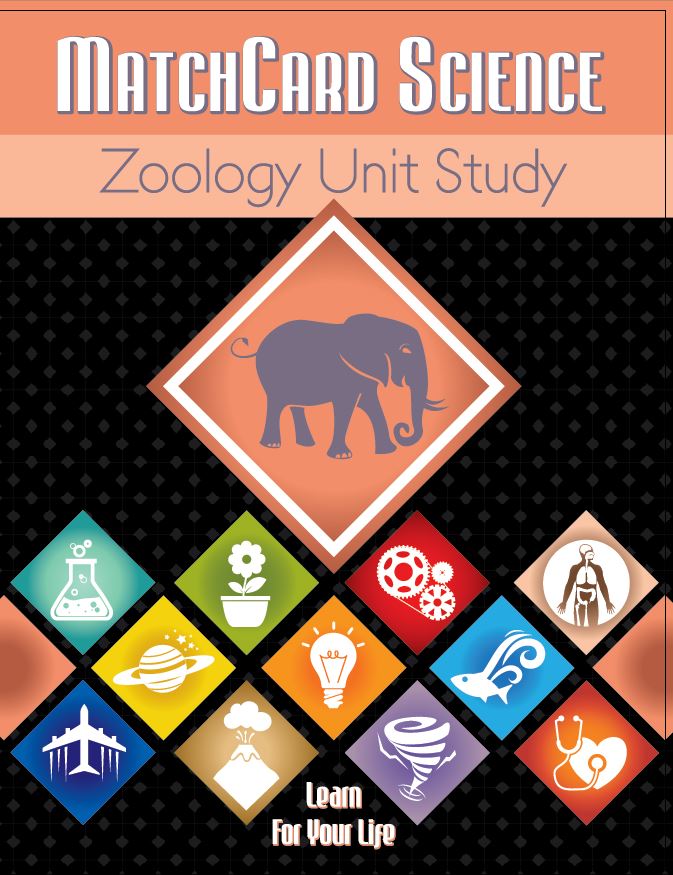Insect Worksheet
Insect Lesson Plans and Activities for Elementary Students
The insect worksheet is from the MatchCard Science Zoology Unit Study for grades 3 - 8. This first worksheet is for younger students and can be a review for older students.
Free Download Below
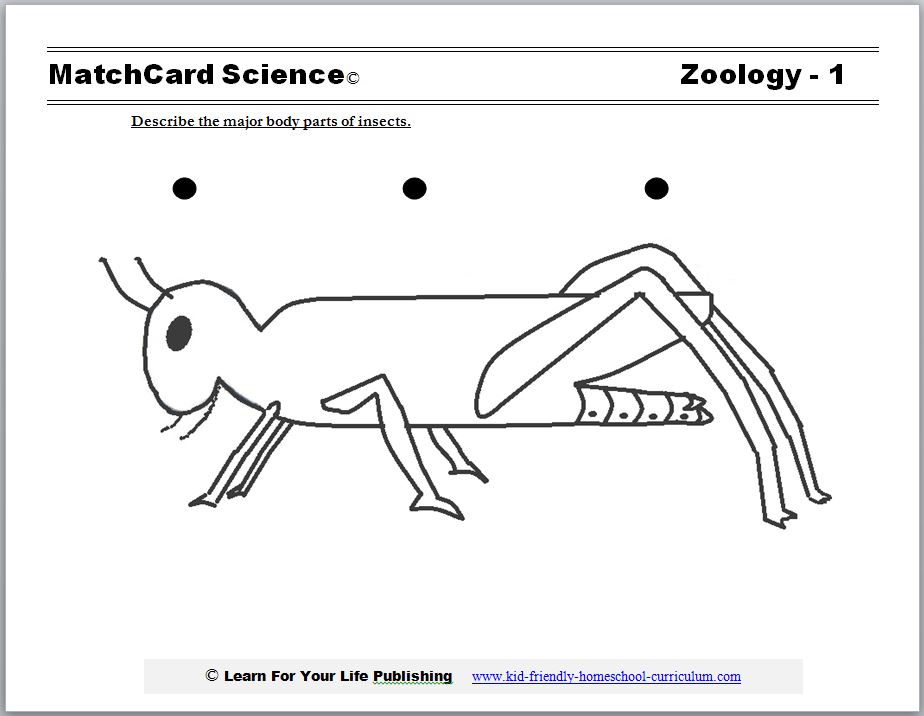
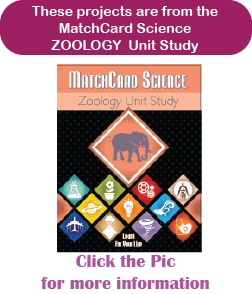
MatchCard Science Insect Worksheet
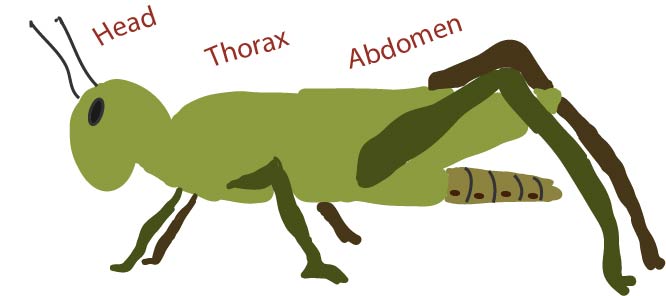 Objective: Describe the major body parts of insects.
Objective: Describe the major body parts of insects.
MatchCard: Download below.
MatchCard Information Pieces define and describe the major parts of insects. Ideas for projects are listed on the instructor's page and below.
Print Your Copy of the Insect Worksheet for Kids


This is MatchCard #1 of the Zoology Unit Study. Find more information on MatchCard Science below.
Insect Eyes
A Multi-sided Visual Introduction
Introduce your studies of insects by thinking what an insect sees with a compound eye.Have some marbles, beads, or other round objects available. Show them to your student and ask them to imagine one of them was their eyeball. Hold the eyeball to the back of your head. What would you see? What advantages would you have if you had an eye on the back of your head?
Now take multiple marbles, and place them in a circle to the side of your head. If each eye could see, what would you see?
Why do you think it is so hard to catch flies and butterflies?
Major Body Parts

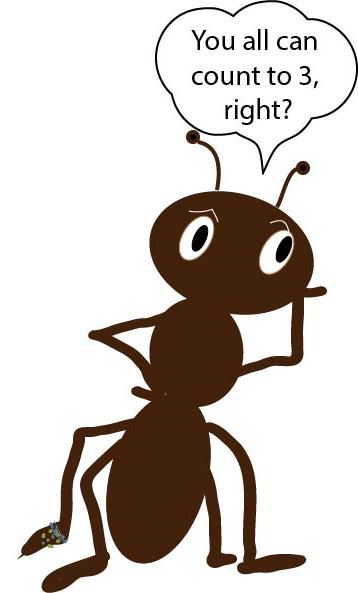
All insects have three main body parts:
- Head
- Thorax
- Abdomen
And speaking of abdomen, this is an unrelated but possibly useful time to make sure your students know the difference between their "stomach" and their "abdomen."
Insect Skeleton
Exoskeleton
All insects have an exosekelton.
Your skeleton is an endoskeleton; it is inside you. In contrast, insects have exoskeletons. The frame of their body is on the outside. Have you ever seen a dried up shell of a fly on your windowsill?
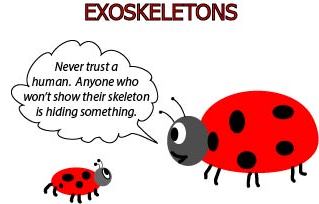
Other Body Parts
Legs: Six & Only Six
All insects have six legs - or three pairs.That means spiders (which have four pairs) are not insects. What other creepy crawly things that we think of as "bugs" are not insects?
Compare a variety of insects. Count their legs.
Getting Mouthy
What does your mouth do to your food? Different insects have different mouth motions. They can:- Suck
- Bite
- Chew
Spiracles
Spiracles are air holes that pierce the exoskeleton and allow oxygen to enter.The number and location of the spiracles is different for different species of insects.
Insect Activities
Make a quick brainstorm list of all the insects you can think of. (bees, ants, katydids, etc.) You will use this later in your study.Comparison Poster
Make a poster showing the locations of the six body parts of at least 10 different species of insects.Insect Collection with Field Guides
Nothing introduces kids to insects like starting an insect collection. If you do not want to kill (or touch) live insects, try a photographic collection. Get at least 20 species you can find in your area.Use an insect field guide to identify the type of insect. Students over 5th grade should use the scientific and common name.
This information on the classification of insects will introduce animal classification which is studied later in the zoology unit study. This is introducing the concept which will be built on later.
Observe Insect Lifecycles
Get a butterfly, ant, or lady bug kit and watch the life cycle of the insects. It is fascinating to watch, and just may start a new hobby.Bees
Visit a local bee hive. What would it take to become a bee keeper?MatchCard Science
How To Use MatchCards

Download the FREE MatchCard Science Instructor's Guide and see how MatchCards can make building their science knowledge base fun.
12 Science Unit Studies

Chemistry is only one of twelve complete unit studies for kids in 3rd to 8th grade.
Comprehensive objectives, hands-on projects, suggested science fair experiments, and the fun game-like MatchCards keep them interested in learning science. See all twelve MatchCard Science Unit Studies.
About Our Site
Hands-On Learning



